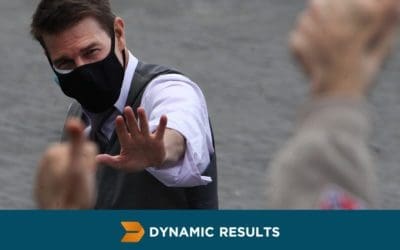
Five Signs which indicate a “Learning Disability” at the Organizational Level.
1. Loving Legacy.
Often, organizations who have been around a long time, are too resistant to change and lack agility.
- Sounds like: “We know what we’re doing”. we’ve been doing this 50 years.”
- Solution: Agree to keep your planning “future focused”. Your legacy provides some solutions and over time, is more useful as a backdrop for “creative contrasting” and also, for marketing (e.g. “trust us, we’ve been serving the market for 50 years”).
2. No written strategy.
Many organizations spend their time on their “core business” and “fighting fires”.
- Sounds like: “We can either work on our future or meet current customer demands, we can’t do both”.
- Solution: Challenge yourself and others to rise above this pressure and do both. If your competitors can only focus on one or the other, and your team does both, you will have a competitive advantage.
3. No mistake goes unpunished.
Many organizations expect perfection from their teams, insist on innovation, and then punish people who make mistakes.
- Sounds like; “Come up with a new idea, but don’t make any mistakes, deviate from your current deliverables, or mess up”.
- Solution: Allocate time for people to come up with new ideas. Have “new idea” contests”.
4. Repeating the same mistakes.
Einstein defined insanity as “doing the same thing and expecting a different result”.
- Sounds like: “It didn’t work. Let’s try “it” again.”
- Solution: encourage people to make new and innovative mistakes. They will make mistakes anyway, let’s not be boring about it.
5. Ignoring Trends.
The world is changing rapidly, so is your sector, and next year will be bring an even faster rate of change then this year.
- Sounds like: “Yeah, everyone else is going to mobile, be should still stick to desktops.”
- Solution: Listen to and observe consumer trends. Be more agile than your competitors.
Advice:
Look and listen for these five signs in your meetings and/or e-mail strings. Reverse The Momentum of these interactions so that they focus on a solution. Reversing the momentum of negative interactions is a leadership competency which can be demonstrated by people at any level of an organization. Why shouldn’t it be you?
By Henry Evans



